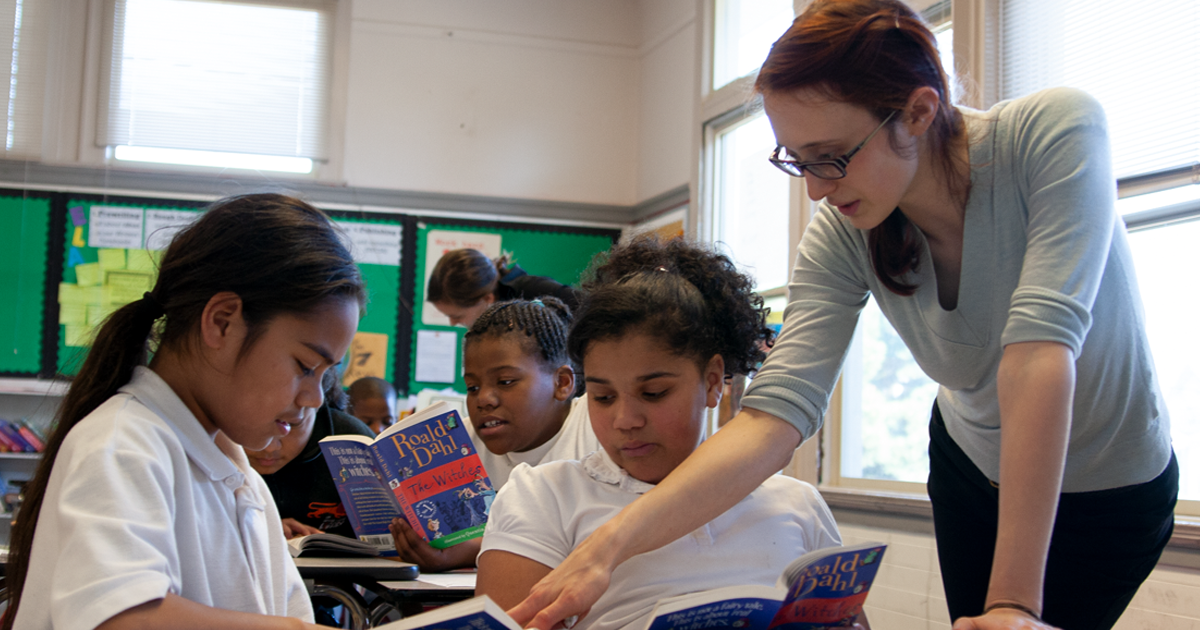Spotlight: Building Student Motivation, Mindfulness, and Momentum
Posted on

As educators turn the page to a fresh new year, they face the usual challenges and opportunities that come along with ensuring success for every learner, as well as ones brought about by the persistent COVID-19 pandemic and our reckoning on systemic racial injustice in our nation. The resources spotlighted here can be used to support your efforts in the classroom and systemwide to keep students engaged and motivated during this tumultuous time.
Engaging Students in Discourse
The experts at WestEd’s Quality Teaching for English Learners initiative stress the importance of classroom academic discourse. An important key to engaging students in academic conversations is allowing them to bring their wealth of knowledge and experiences (prior knowledge) into the discourse. This approach is especially important for the teaching and learning of dual language learners, but useful for all students. This helpful infographic breaks down four ways educators can get students engaged and talking during remote learning. Download your copy.
Creating Student-Teacher-Family Partnerships
REL West vetted and compiled this list of resources educators can use to build strong, trusting relationships with students and their families. The resources can be shared with parents to assist them in keeping their students active and learning while stuck at home. Find a resource on this list. Deeper dive: Watch REL West’s webinar on this topic.
Cultivating Mindfulness-Based Practices
Emerging research suggests mindfulness practices can change the brain in ways that are beneficial for young children and students, as well as educators. This short guide introduces mindfulness as a strategy for facilitating social and emotional learning in school, explains the potential benefits for both students and educators, provides examples of mindfulness strategies, and lists resources for learning more. Download this guide for concrete strategies, based on job role and grade level, that can be used on the spot. Deeper dive: Watch this webinar for an important discussion about supporting the social and emotional needs of students during challenging times.
Designing a Trauma-Informed Education System That Promotes Healing
Teachers and other child-serving professionals have unique opportunities to develop deep, consistent, long-term relationships with the students in their care, including those experiencing trauma. Read this two-part article to learn how a coherent trauma-healing system can inform classroom practices, schoolwide culture and climate, and systemwide supports. Part One Part Two
Recognizing Culture, Privilege, and Bias
Offered as part of the Leading Equity Virtual Summit 2021, this recorded presentation examines the first step to building trusting and mutually respectful classroom relationships: personal reflection. Unpack how culturally responsive teachers consistently reflect on and recognize how cultural identity, privilege, and biases manifest in the classroom.
***
For more resources designed specifically for supporting students and educators at this time, please visit our COVID-19 resources page.
We will highlight ways to keep students engaged and motivated all month long. Stay tuned for more resources and discussion in our E-Bulletin and on social media — Facebook, LinkedIn, and Twitter.
